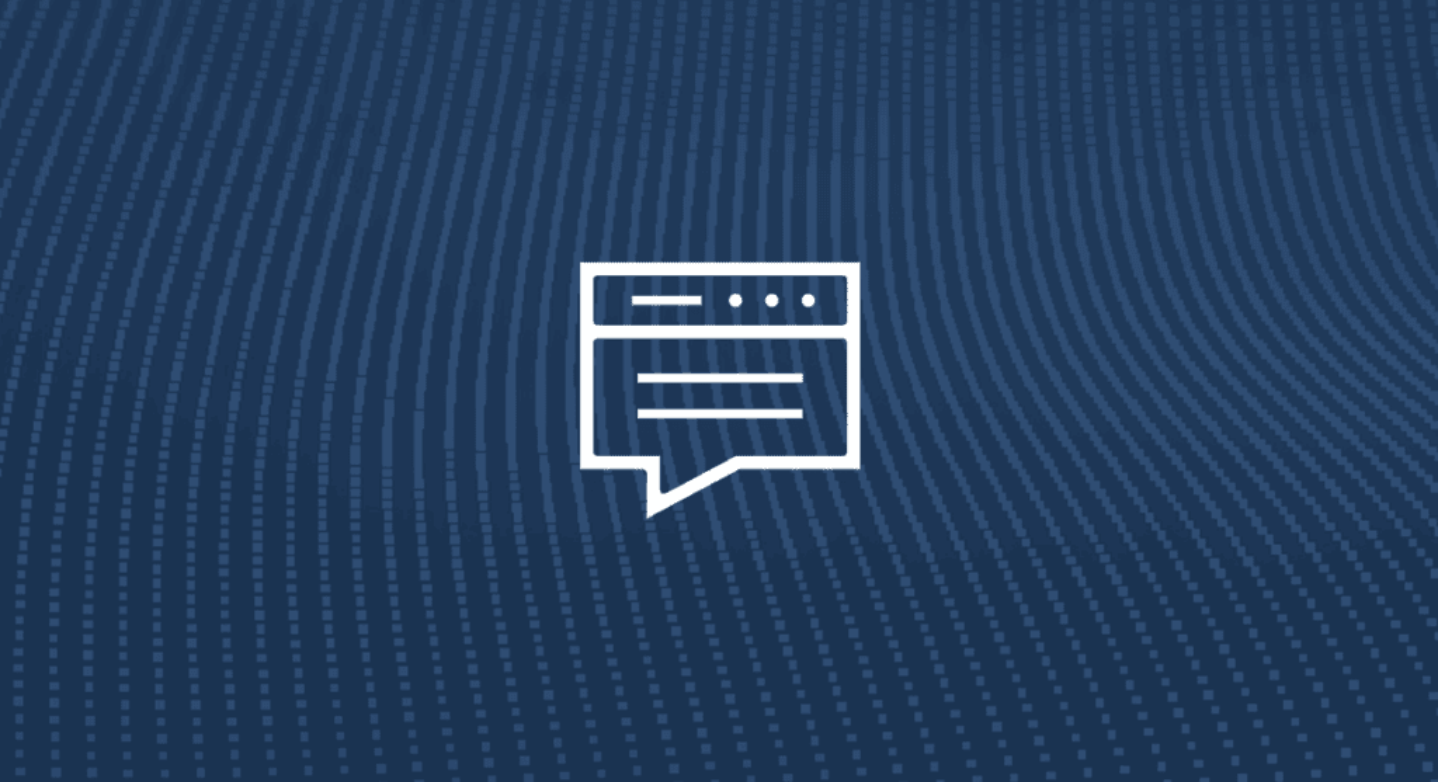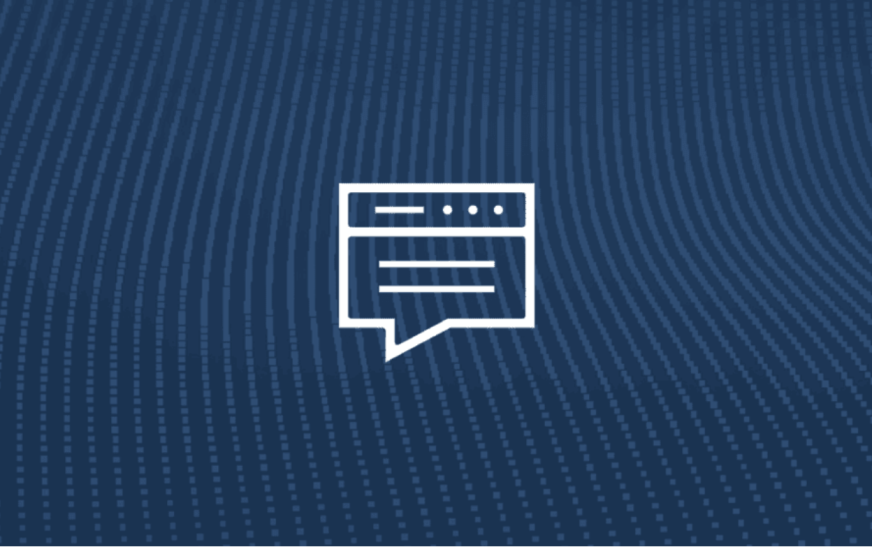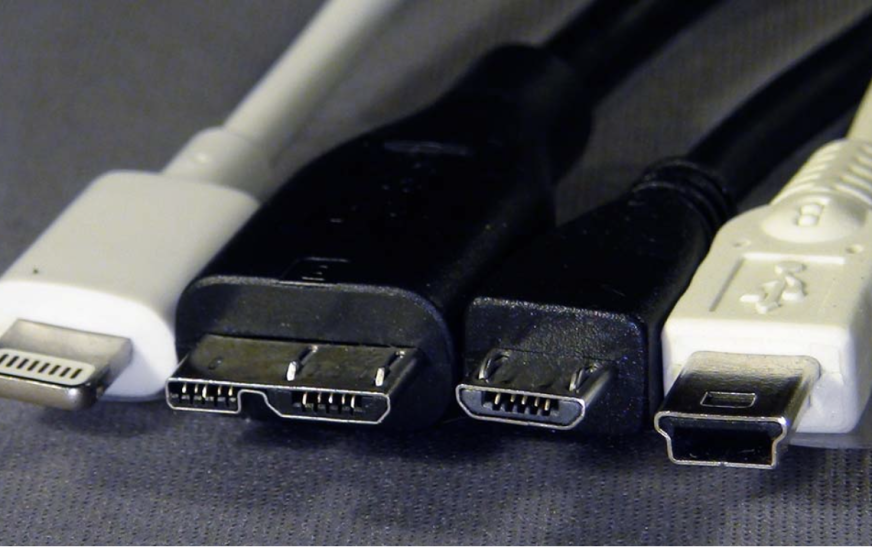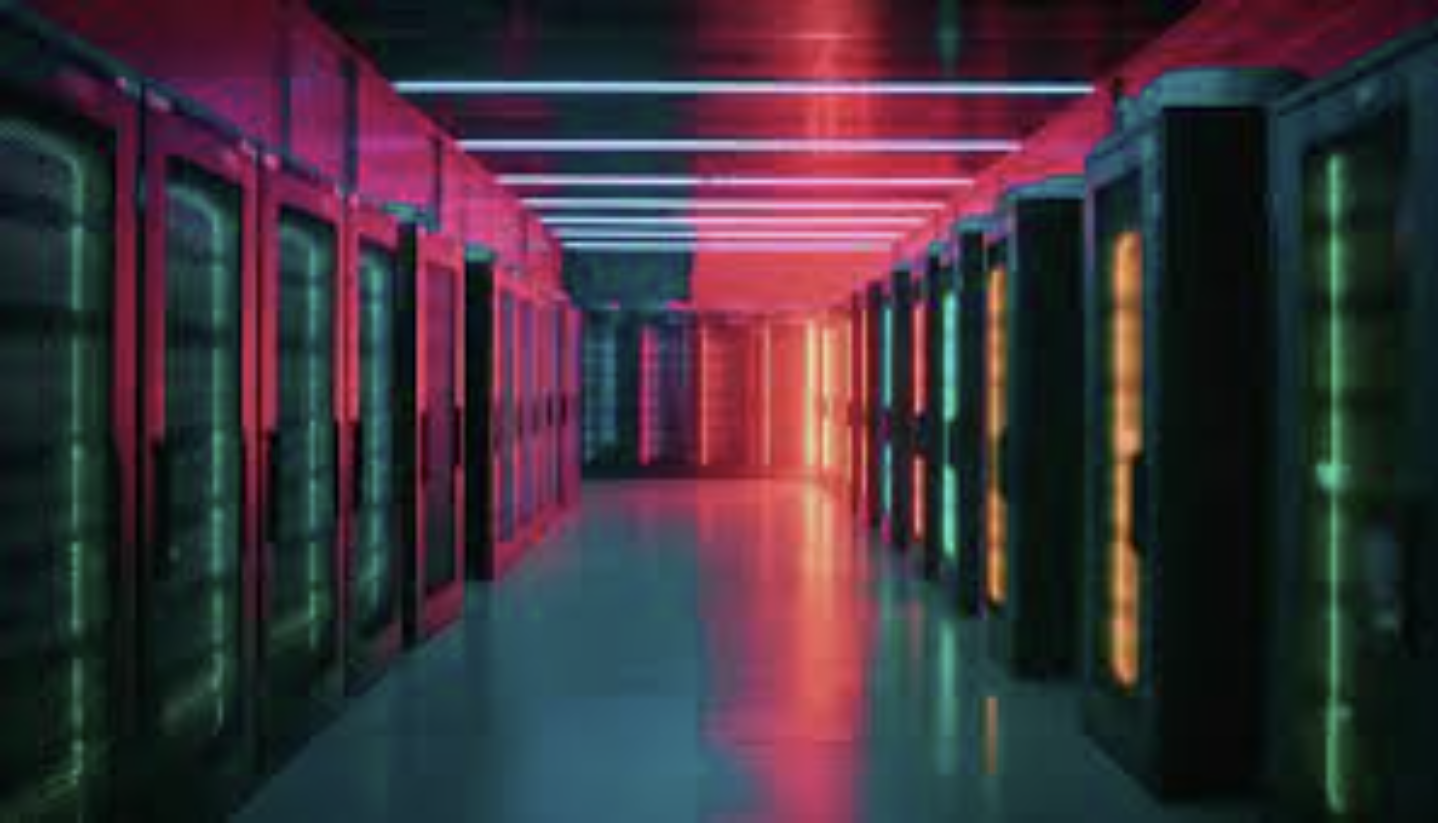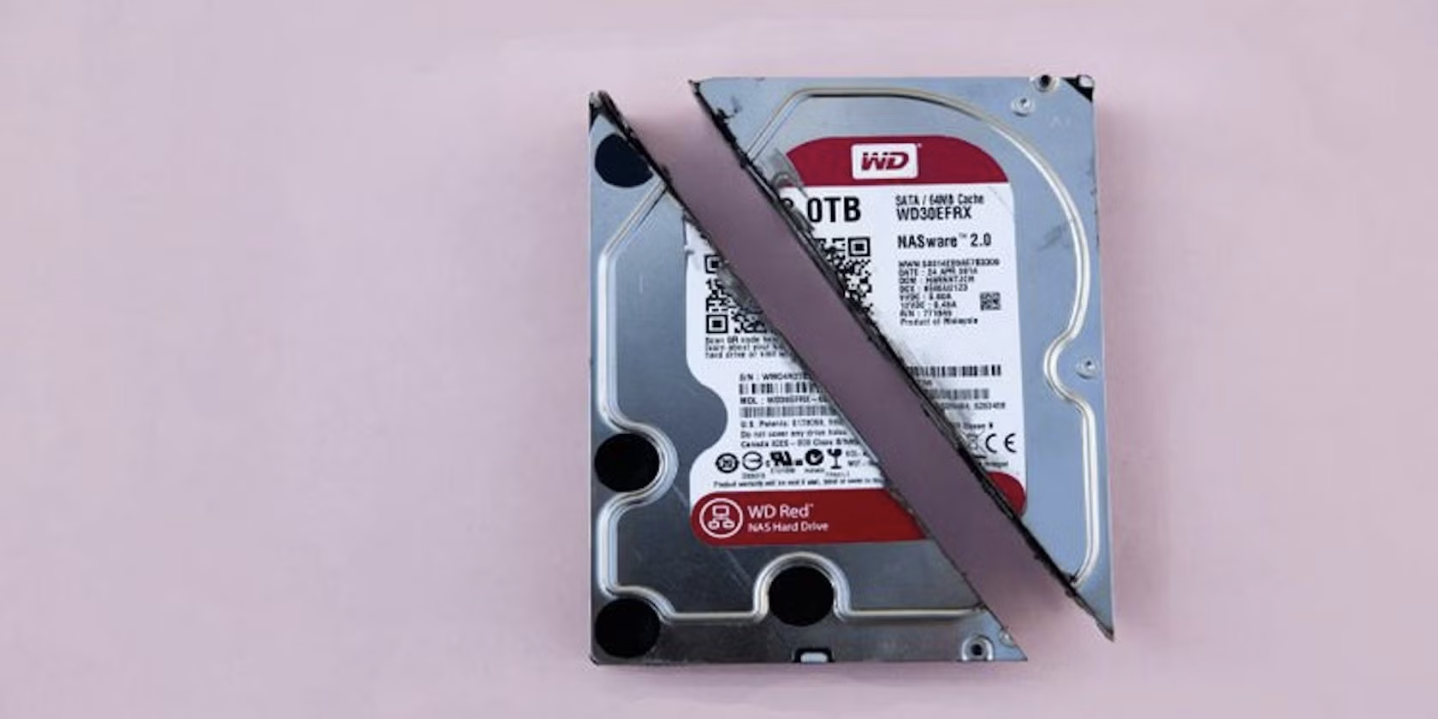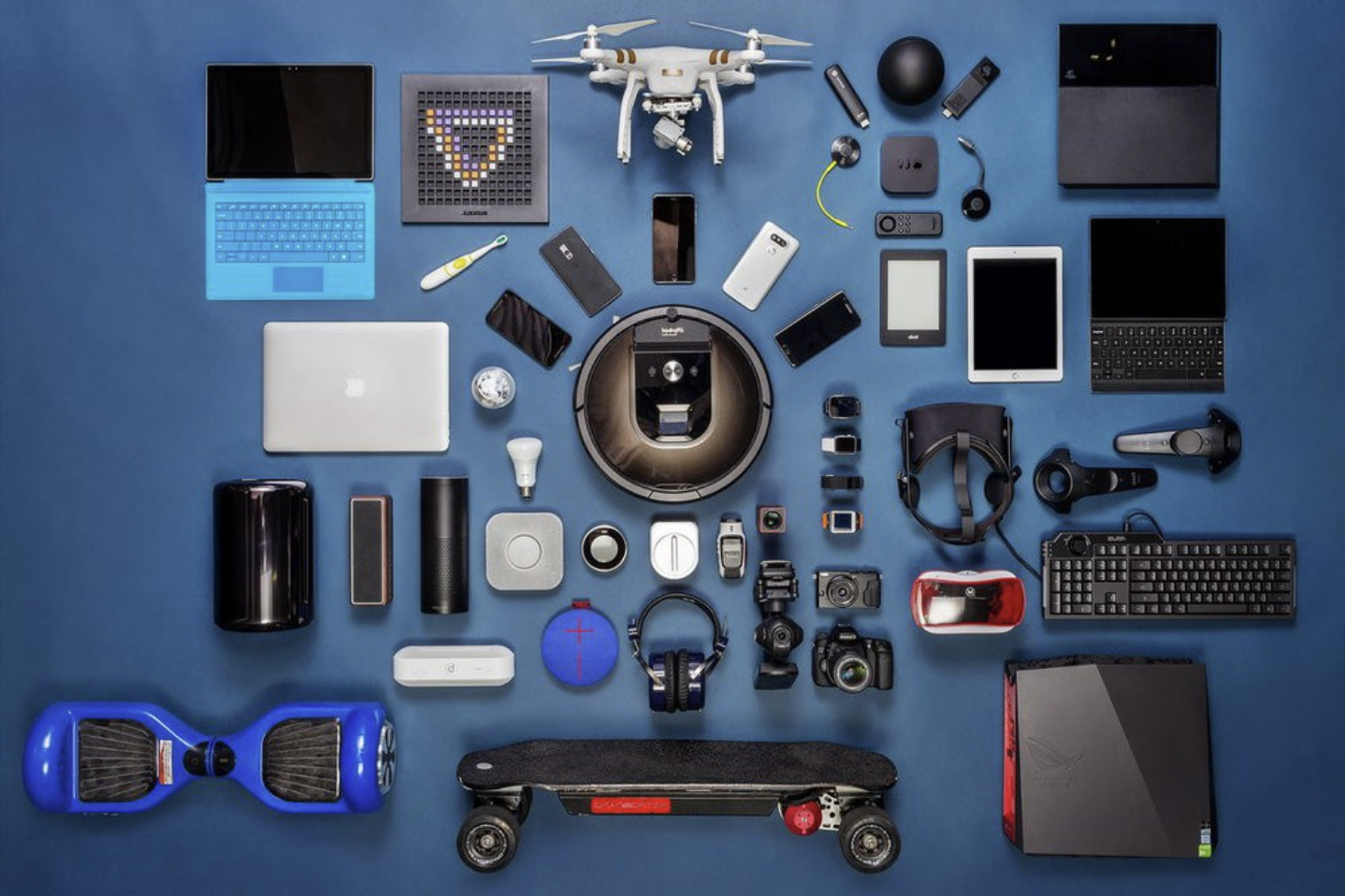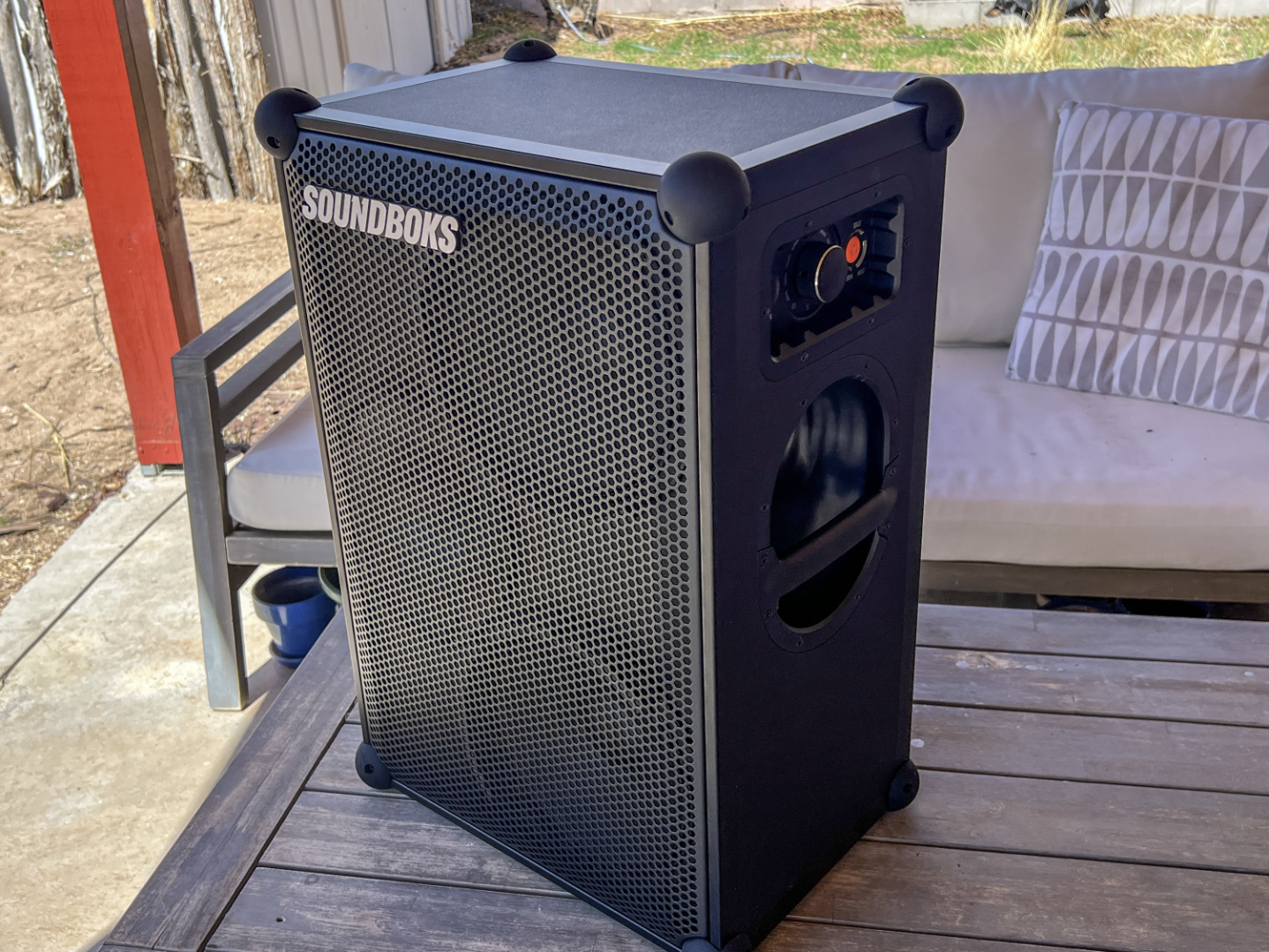
Do you know what makes your computer work?
The hardware components of a computer are the physical parts that allow the system to run. These components support the software, which is what allows your computer to perform various tasks. While hardware is rarely changed, it can still be prone to damage. Because of this, understanding how to handle them properly is important, especially if you’re dealing with repairs or upgrades.
Computer hardware doesn’t just apply to desktops and laptops. Many other devices, like cars, DVD players, and even ovens, also rely on similar hardware systems. Below, we’ll explore 10 key computer hardware components and their importance.
1. The Motherboard
The motherboard is the heart of the computer. It’s a circuit board that contains both removable and non-removable components. This includes the CPU (central processing unit), ROM (read-only memory), RAM (random access memory), and various other essential parts. Think of the motherboard as the main hub that connects all the other hardware together.
2. Central Processing Unit (CPU)
The CPU is often referred to as the brain of the computer. It’s responsible for carrying out instructions and processing data. It takes input data, applies the program instructions, and turns them into output. The CPU has two key parts: the Arithmetic and Logic Unit (ALU) and the Control Unit. The ALU handles mathematical operations and comparisons, while the Control Unit ensures instructions are carried out in the correct order. Simply put, the CPU keeps the computer running.
3. Monitor/Display Screen
The monitor is probably the part of the computer you interact with most. It’s an output device that displays the actions taking place inside your computer. Monitors come in different sizes and resolutions, from small 12-inch screens to large 40+ inch models used for video conferencing. The resolution depends on several factors and determines how sharp the image on the screen will appear.
4. The Keyboard
The keyboard is an essential input device, allowing you to enter information into your computer. It works much like a typewriter, with a layout designed for efficiency. The QWERTY layout, though originally designed to slow down typing to avoid jams in typewriters, is now used universally, even though modern computers can process data much faster.
5. The Mouse – Pointing Device
The mouse is another input device used to navigate and interact with what’s displayed on the screen. It’s designed to fit comfortably in your hand, with a small ball or sensor underneath that moves the pointer or cursor on the screen. The mouse has two buttons (left and right), which allow you to click, select, or perform other actions. Some mice also include a trackball, which can be used instead of moving the whole mouse around.
6. Random Access Memory (RAM)
RAM is crucial for your computer’s performance. It’s made up of tiny microchips with millions of transistors and is designed to store data temporarily while your computer is running. There are two main types of RAM: Cache memory, which works at the same speed as the CPU, and Flash RAM, which is less volatile and can store data even when power is lost.
7. Read-Only Memory (ROM)
ROM is another type of memory, but it’s different from RAM because its contents remain even when the computer is powered off. It’s used to store the boot program, which provides instructions for starting up the computer and loading the operating system. There are different types of ROM, including PROM (Programmable ROM), EPROM (Erasable Programmable ROM), and EEPROM (Electrically Erasable Programmable ROM).
8. Printers and Plotters
Printers and plotters are output devices used for producing permanent, paper-based results. Printers can be divided into impact and non-impact types. Impact printers physically strike an inked ribbon to transfer an image onto paper, while non-impact printers are quieter and more reliable because they don’t involve moving parts. Common types of printers include dot-matrix, laser, inkjet, and thermal printers.
9. Power Supply
The power supply is a crucial component that provides the electricity needed to power all the other parts of the computer. It converts high-voltage AC power (from the wall outlet) into low-voltage DC power, which the internal components use. The power supply usually conforms to the ATX form factor, allowing it to fit into a wide range of computer cases.
Understanding these hardware components and their roles can help you make better decisions when assembling, upgrading, or maintaining your computer system. Each part works together to ensure that your computer runs smoothly and efficiently.



